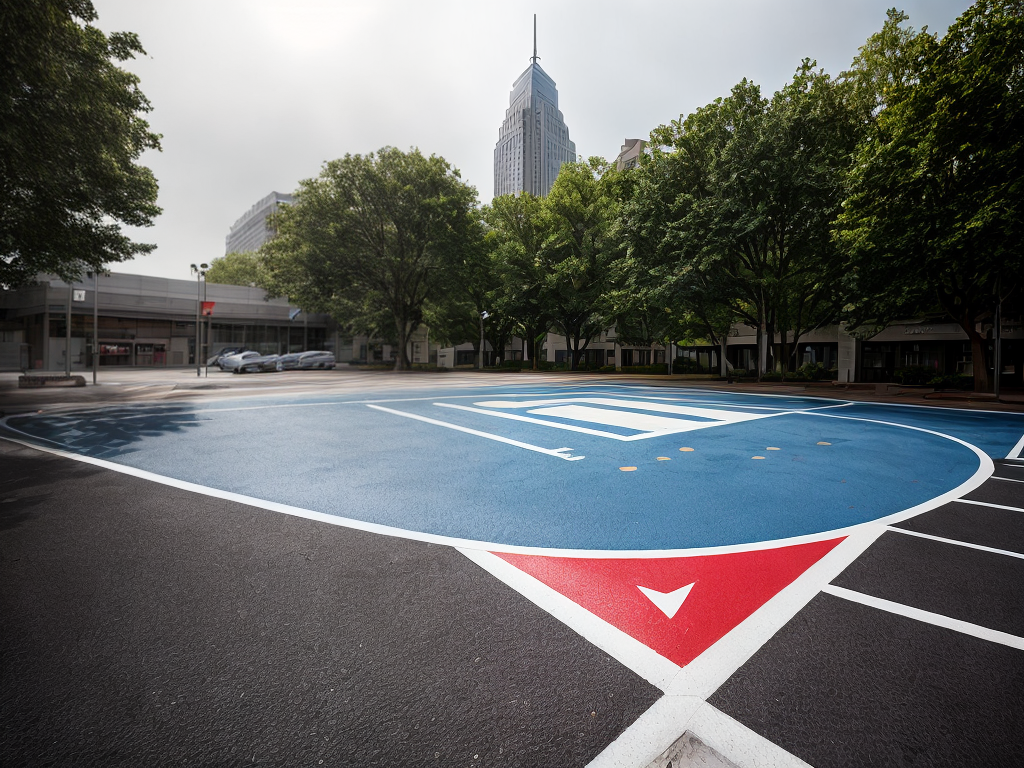
Have you ever wondered about the proper etiquette when it comes to using handicap parking spaces? Well, let’s explore the do’s and don’ts together. As someone who values serving others, it is important to understand the rules and guidelines surrounding handicap parking. By following these guidelines, we can ensure that individuals with disabilities have equal access to these parking spaces. Throughout this guide, we will discuss eligibility requirements for obtaining a handicap parking permit, the proper way to display your permit, respectful behavior in handicap parking spaces, how to report misuse, and creating accessible environments for people with disabilities. Together, we can make a positive impact by being mindful of our actions and promoting inclusivity for everyone.
Key Takeaways
- Only individuals with disabilities that significantly impair mobility or ability to walk are eligible for handicap parking permits.
- Handicap parking permits should be properly displayed on the rearview mirror or dashboard, facing forward for easy reading.
- It is important to use designated handicap parking spaces and respect the additional space needed for wheelchair ramps and pathways.
- If you witness the misuse of handicap parking spaces, gather evidence and report the incident to local law enforcement or parking enforcement agency.
Eligibility Requirements for Handicap Parking
To be eligible for handicap parking, individuals must meet certain criteria as determined by their state’s Department of Motor Vehicles. Accessible parking regulations vary from state to state, but generally, individuals must have a disability that significantly impairs their mobility or ability to walk. This can include conditions such as paralysis, amputation, or a respiratory disorder. To obtain a handicap parking permit, individuals typically need to provide medical documentation or a signed statement from a healthcare professional. It is important to note that the process and requirements may differ depending on the state. Some states may also require periodic re-evaluation of eligibility. By adhering to these regulations and obtaining the necessary permits, individuals can ensure they have access to reserved parking spaces that cater to their unique needs.
Proper Display of Handicap Parking Permits
I always make sure to properly display my handicap parking permit. It is not only a requirement but also essential for the smooth functioning of parking enforcement. Here are some important tips for displaying your handicap parking permit:
- Hang the permit on the rearview mirror, making sure it is visible from the front windshield.
- Ensure that the permit is facing forward, allowing parking enforcement to easily read the information.
- If your vehicle doesn’t have a rearview mirror, place the permit on the dashboard, clearly visible through the front windshield.
Properly displaying your permit not only helps parking enforcement identify your authorized parking, but it also ensures that temporary permits are used correctly and efficiently. By following these simple guidelines, you can assist in creating a more accessible and convenient parking experience for everyone.
Respectful Behavior in Handicap Parking Spaces
Properly displaying the handicap parking permit is just one aspect of respectful behavior in handicap parking spaces. As individuals who desire to serve others, it is crucial that we understand and adhere to accessible parking etiquette. This means not only using the designated spaces when necessary, but also respecting the additional space needed for wheelchair ramps and accessible pathways.
Misusing handicap parking spaces can have serious consequences. Not only is it illegal, but it also denies individuals with disabilities the opportunity to access the facilities they need. Imagine needing to use a restroom urgently, only to find that the accessible parking space is occupied by someone without a disability. It is important to remember that these spaces are specifically designated for individuals who require them.
Let us be mindful of our actions and treat handicap parking spaces with the respect they deserve. By doing so, we can create a more inclusive and accessible environment for everyone.
Reporting Misuse of Handicap Parking Spaces
If you witness misuse of handicap parking spaces, immediately report it to the appropriate authorities. Misuse of these spaces can have serious consequences for individuals with disabilities who rely on them. Here is the reporting process you should follow:
- Take note of the date, time, and location of the incident.
- Gather any evidence available, such as photographs or videos.
- Contact the local law enforcement or parking enforcement agency to report the misuse.
Reporting the misuse of handicap parking spaces ensures that those who truly need them can access them. By taking action, you are helping to create a more inclusive and equitable environment for individuals with disabilities. Remember, your report can make a difference and prevent further misuse in the future.
Creating Accessible Environments for People With Disabilities
To ensure accessibility for people with disabilities, it is essential to prioritize the creation of inclusive environments. One crucial aspect of this is accessible parking design, which plays a significant role in providing convenience and independence for individuals with disabilities. By implementing accessible parking spaces, we can enhance the overall accessibility of our environments and improve the lives of those with disabilities. Accessible parking design incorporates features such as wider parking spaces, closer proximity to entrances, and designated access aisles. These features enable individuals with disabilities to safely enter and exit their vehicles, maneuver mobility aids, and access facilities easily. The benefits of handicap parking extend beyond convenience; they promote equal opportunities, independence, and inclusivity for individuals with disabilities, fostering a more inclusive society overall.
